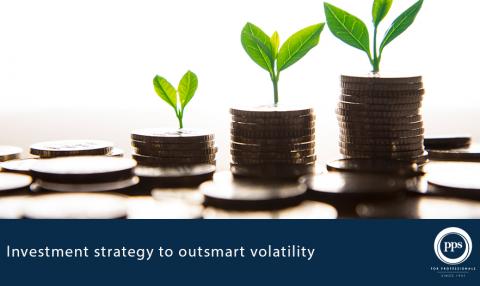Investment strategy to outsmart volatility

During times of market volatility one is inclined to focus on reducing risk. Rand cost averaging (RCA) is a useful strategy to use in achieving this goal. It simply involves investing fixed amounts at regular intervals over a long period. While one should never underestimate the importance of lump sum contributions at certain times of the year - such as lump sum contributions in a retirement annuity for tax benefit purposes or taking advantage of tax free investment vehicles as the end of the tax year approaches – investing regularly throughout the year is equally important.
A suitable investment vehicle to capitalise on the benefits of RCA is a collective investment scheme such as a unit trust via a regular debit order. However, it can also be applied to investors who are skeptical of investing a lump sum all at once due to the fear of falling prices in a volatile market.
A lump sum can be made into a money market fund where predetermined fixed amounts can be debited (say monthly) and invested in the chosen unit trust to benefit from the rand cost averaging strategy.
Ideally, investors should invest when unit prices are low and sell when they are high to maximise returns. In times of volatility unit prices can change dramatically on a daily basis and attempting to time the market is seldom fruitful.
Investing via debit order is a good discipline technique and allows one to smooth out unit price fluctuations over time.
During a bull run RCA might not be the best strategy, but the longer markets perform well, the more pertinent RCA becomes as an investment strategy.
So how does rand cost averaging actually work?
The amount of money invested monthly remains the same over time, but the number of unit purchased varies based on the unit price. When markets are up, you receive fewer units for every rand you invest because of the higher unit price.
Below is an example to illustrate this:
Similarly, when markets are declining, you receive more units per rand invested due to the lower unit cost price.
Employing a recurring investment strategy in a variable market also tends to result in a lower average unit cost price.
Duane Littler
Business Development Executive, PPS Investments
https://www.pps.co.za/investment-strategy-outsmart-volatility



